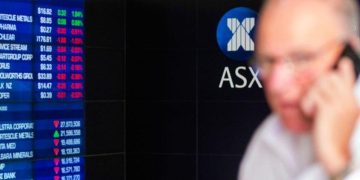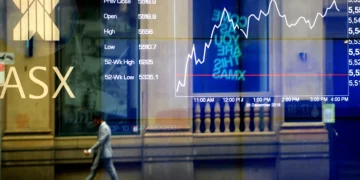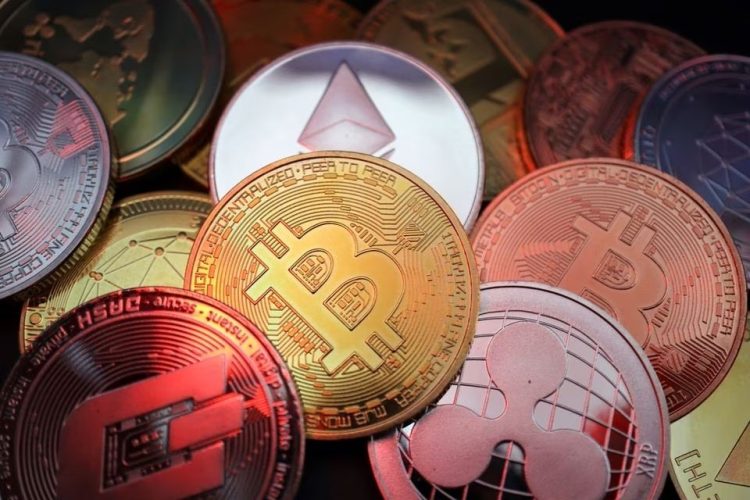Introduction
The rise of digital currencies has been one of the most transformative developments in the financial world over the past decade. Central Bank Digital Currencies (CBDCs), digital forms of national currencies issued and regulated by central banks, are being explored or implemented by countries worldwide. This shift towards digital currencies has sparked debates about the future of money, the stability of traditional financial systems, and the potential for a radically different global economy. As central banks race to develop and deploy CBDCs, the world must grapple with the implications for finance, security, and international coordination.
This article examines the current state of CBDC development across various countries, explores the disruptive impact of digital currencies on traditional financial systems, and analyzes the challenges and opportunities that arise from international regulatory coordination and potential conflicts.
1. The Current State of CBDC Development
CBDC development has been gaining momentum globally, with more than 80 central banks exploring digital currency projects, according to the Bank for International Settlements (BIS). These digital currencies, which are essentially digital representations of a country’s fiat currency, could potentially revolutionize the way money is exchanged and stored.
In some countries, CBDCs are already in an advanced stage of development. For example, China has launched its digital yuan (also known as the e-CNY), which is being tested in multiple cities as part of a pilot program. The digital yuan aims to streamline transactions, improve the efficiency of monetary policy, and provide the government with greater control over its financial system. China’s progress in CBDC development has led many experts to believe that it could become the first major economy to issue a fully operational central bank digital currency.
Similarly, the European Central Bank (ECB) is exploring the idea of a digital euro, although it is still in the consultation phase. The European Union sees the digital euro as a way to modernize the financial system, provide citizens with more efficient payment methods, and reduce dependency on private cryptocurrencies. Similarly, the Bank of England has begun exploring the concept of a digital pound, which could serve as an additional payment method alongside physical cash.
Other countries like Sweden and Canada are also conducting research and pilot programs related to CBDCs. While some countries have already launched or are actively testing their digital currencies, others, like the United States, have been more cautious. The Federal Reserve has expressed interest in developing a digital dollar but has yet to announce a clear timeline for its launch.
The development of CBDCs varies across countries depending on the priorities of central banks, local economic conditions, and technological readiness. However, the overall trend indicates a shift towards digital currency adoption that could fundamentally alter the way financial transactions are conducted worldwide.
2. The Disruptive Impact of Digital Currencies on Traditional Financial Systems
CBDCs have the potential to disrupt traditional financial systems in several key ways. As digital representations of national currencies, they could challenge the role of commercial banks, alter the global payment system, and even reshape monetary policy.
Central Banks and the Role of Commercial Banks
CBDCs could challenge the role of commercial banks as intermediaries in the financial system. In traditional banking systems, banks create money through lending and provide a range of financial services such as savings accounts, loans, and payment processing. However, if CBDCs become widely adopted, central banks could bypass commercial banks by offering direct digital accounts to individuals and businesses.
This shift could reduce the need for traditional banking services, particularly in payment processing and money transfers. While commercial banks would still play a role in lending and other financial services, CBDCs could threaten their profit margins, particularly in areas such as payments and transfers.
Global Payments and Cross-Border Transactions
The advent of CBDCs could also transform global payments and cross-border transactions. Traditional international payments, often relying on banks and financial intermediaries, can be slow, expensive, and subject to exchange rate fluctuations. CBDCs, on the other hand, could enable instantaneous, low-cost international transactions, cutting out intermediaries and reducing transaction fees.
For example, the digital yuan is already being tested for use in cross-border transactions, and if successful, it could pave the way for China to challenge the dominance of the U.S. dollar in international trade. This shift could result in significant changes to the global financial system, as countries look to conduct trade in their own digital currencies rather than relying on the dollar.
Monetary Policy and Control
CBDCs could also have a profound impact on monetary policy. By providing central banks with real-time data on transactions and economic activity, CBDCs could make it easier for policymakers to implement monetary policy and respond to economic challenges. Central banks could use digital currencies to implement targeted stimulus measures, such as direct transfers to citizens or businesses, without relying on traditional banking channels.
However, the increased control central banks would have over monetary policy also raises concerns about privacy and government surveillance. With CBDCs, governments would have access to detailed information about every transaction made within their currency system, potentially giving them the ability to monitor and track citizens’ spending habits.

3. International Regulatory Coordination and Potential Conflicts
As CBDCs gain traction globally, one of the most significant challenges will be ensuring regulatory coordination among nations. Given that digital currencies can easily cross borders and have the potential to disrupt international financial markets, it is crucial that countries collaborate on creating regulatory frameworks to address issues such as cybersecurity, data privacy, and financial stability.
Regulatory Challenges
The lack of a unified regulatory framework for CBDCs presents a significant challenge to global financial markets. Different countries have varying approaches to digital currencies, with some embracing the technology and others remaining cautious. For example, while China is pushing ahead with its digital yuan, the United States has yet to make significant progress on developing a digital dollar. Meanwhile, the European Union is taking a more gradual approach, focusing on creating a framework for a digital euro.
These differing approaches create potential conflicts and regulatory gaps, especially in areas such as anti-money laundering (AML) and counter-terrorism financing (CTF) regulations. Without a coordinated approach, CBDCs could be used to facilitate illicit activities, such as money laundering or fraud, across borders.
Cross-Border Payment Systems
Another key issue for international coordination is the development of cross-border payment systems for CBDCs. If multiple countries develop their own digital currencies, it will be crucial to ensure that these currencies can be easily exchanged and integrated into the global financial system. This requires international cooperation on technical standards and interoperability between different CBDCs.
Efforts are already underway to address these challenges. The BIS has established the “Innovation Hub” to support research on digital currencies and facilitate collaboration among central banks. Additionally, the G20 has recognized the importance of CBDCs in the global economy and has called for greater international coordination to ensure that digital currencies are developed in a way that supports financial stability and prevents misuse.
4. Conclusion: Are We Ready for CBDCs?
As central banks around the world explore the development of CBDCs, the question of whether we are ready for this new form of digital currency remains to be answered. While many countries are actively pursuing CBDC projects, the challenges of developing and implementing these currencies are significant. These challenges range from ensuring the security and privacy of digital transactions to addressing the regulatory and technical hurdles of creating interoperable global payment systems.
While CBDCs have the potential to revolutionize the global financial system, they also present risks and challenges, particularly related to privacy, security, and international coordination. Governments and central banks will need to work closely with each other to address these issues and ensure that CBDCs are developed in a way that benefits the global economy while minimizing potential risks.
For investors, CBDCs represent a new frontier in digital finance. While there are many opportunities in the digital currency space, particularly in terms of blockchain technology and fintech, there are also risks associated with the regulatory uncertainty surrounding CBDCs and the broader digital currency market.
As the world moves towards a more digital future, CBDCs are likely to play a crucial role in shaping the next generation of global finance. Whether or not we are ready for this change depends on the ability of governments, central banks, and financial institutions to adapt to this rapidly evolving landscape.





































